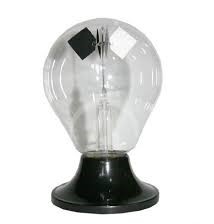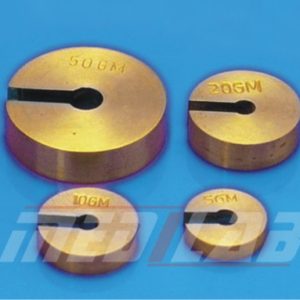Description
Crookes’ Radiometer is a scientific instrument used to demonstrate the effects of radiation and thermal energy. The device consists of a glass bulb containing a partial vacuum, with a central axle suspended on a low-friction pivot at the center of the bulb. The axle is mounted with several lightweight metal vanes, each painted black on one side and white on the other.
When the radiometer is exposed to radiation or thermal energy, the metal vanes start to spin due to the effects of the energy. This is caused by the different absorption and reflection properties of the black and white surfaces, which creates a temperature difference on each vane. The heated gas molecules within the bulb cause the vanes to spin due to the thermal energy transfer.
Crookes’ Radiometer was invented by Sir William Crookes in 1873 and has since been used in scientific demonstrations and educational settings to illustrate the principles of thermodynamics and the effects of radiation. The device provides a simple and effective way to demonstrate the transfer of energy through radiation, and it helps students to understand the fundamental principles of physics.







